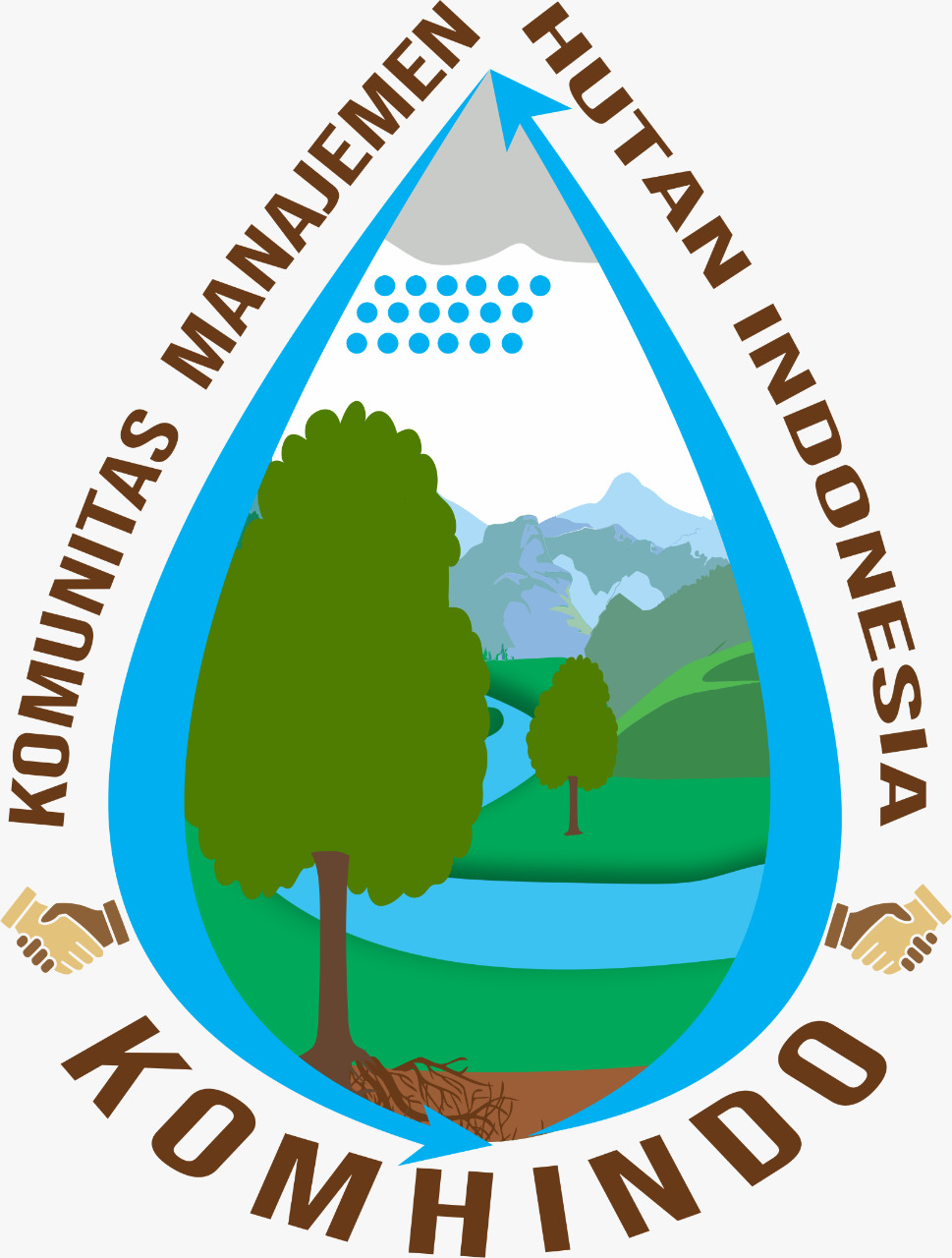Perubahan Tutupan Lahan Pada Daerah Aliran Sungai Sekampung Hulu, Lampung Menggunakan Data Pengindraan Jauh
Abstract
Land cover in the upstream watershed area is changing rapidly due to anthropogenic activity. This study aims to determine the dynamics of land cover change in the Sekampung Hulu watershed. The survey used Landsat satellite imagery data for 2008, 2015, and 2021 obtained from the United States Geological Survey and analyzed it using guided classification with the Object Oriented Classification algorithm using Ecognition and ArcGIS 10.3 software. The study's results obtained a kappa accuracy test of 95.85%, which showed a trend of land cover change for the 2008-2015 and 2015-2021 periods. Land cover change trends are classified into seven classes. In the 2008-2015 period, cloud cover decreased by 158.01 ha, water bodies rose by 1,630.03 ha, forests decreased by 2,298.83 ha, mixed gardens increased by 497.92 ha, coffee stands increased by 692.49 ha, open land decreased by 1,112.39 ha and shrubs increased by 760.79 ha. The 2015-2021 period, namely clouds rose by 649.65 ha, water bodies rose by 137.48, forests fell by 1,788.49 ha, mixed gardens fell by 648.95 ha, coffee stands rose by 593.41 ha, open land increased by 694.68 ha and shrubs increased by 1,766.18 ha. Forest cover, coffee stands, and shrubs are the highest fluctuating cover compared to another cover, and mixed forest and plantation cover is the dominating cover in the upstream Sekampung watershed.
Downloads
Copyright (c) 2022 Asha Ridhayana, Arief Darmawan, Trio Santoso, Slamet B Yuwono, Indra G Febryano

This work is licensed under a Creative Commons Attribution 4.0 International License.











